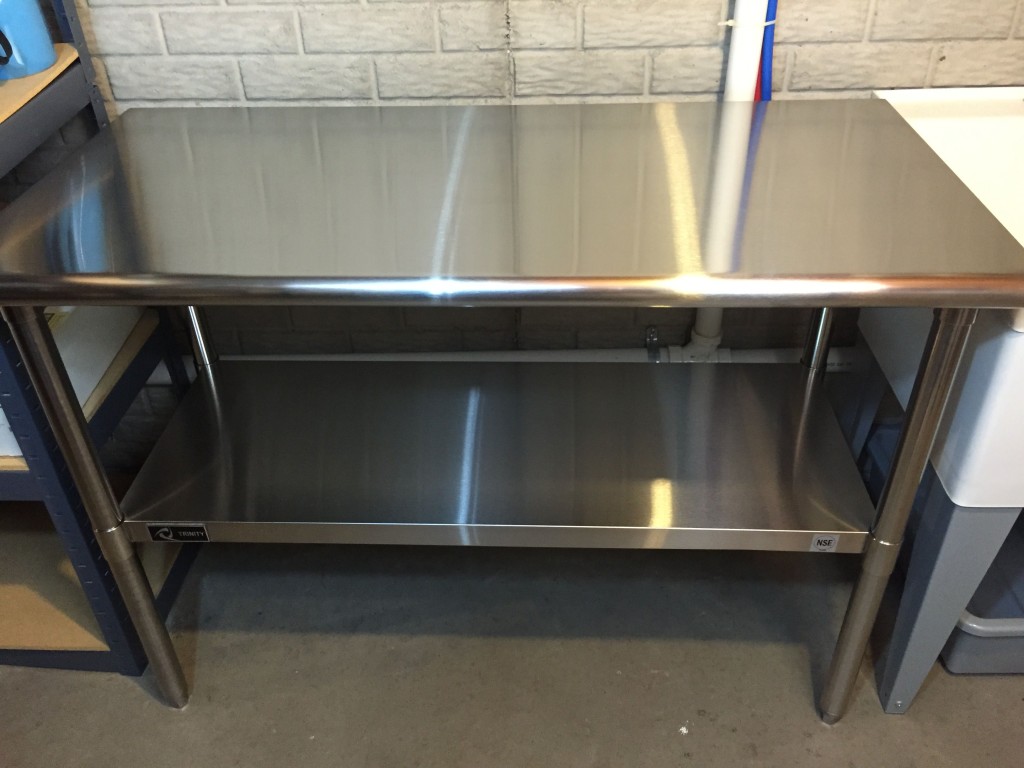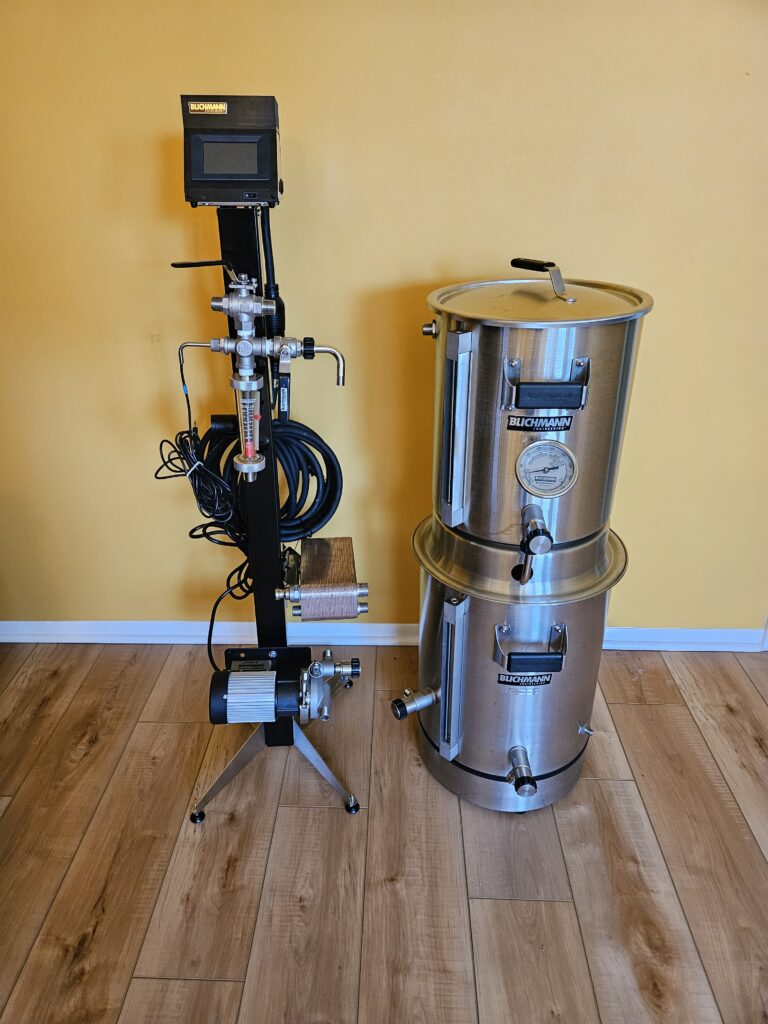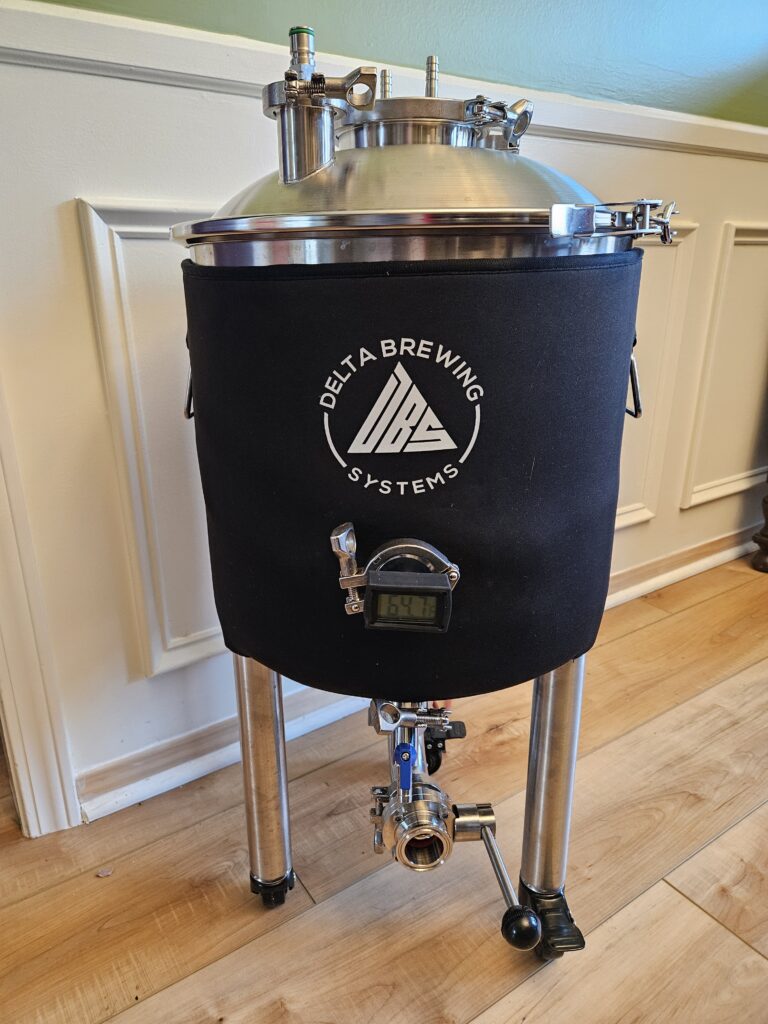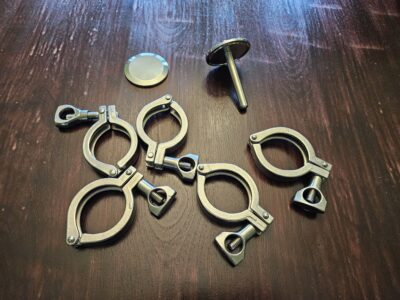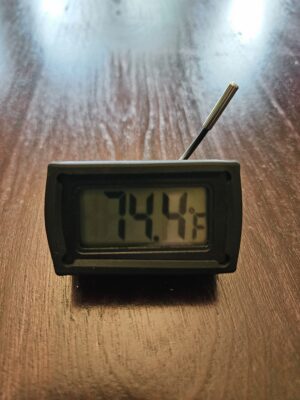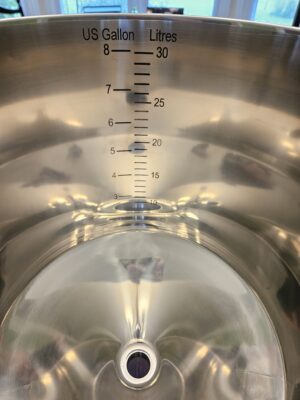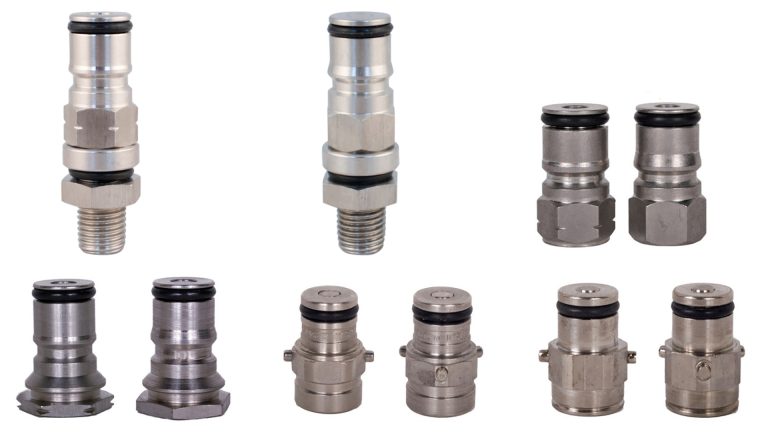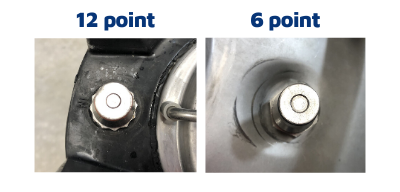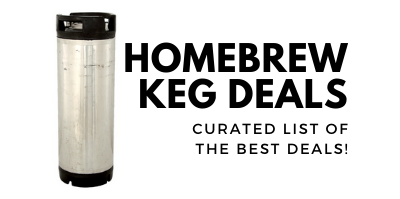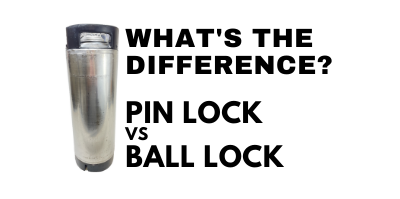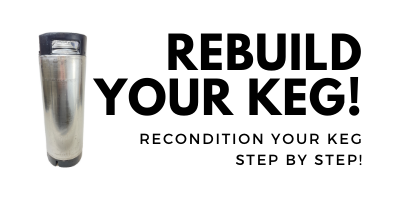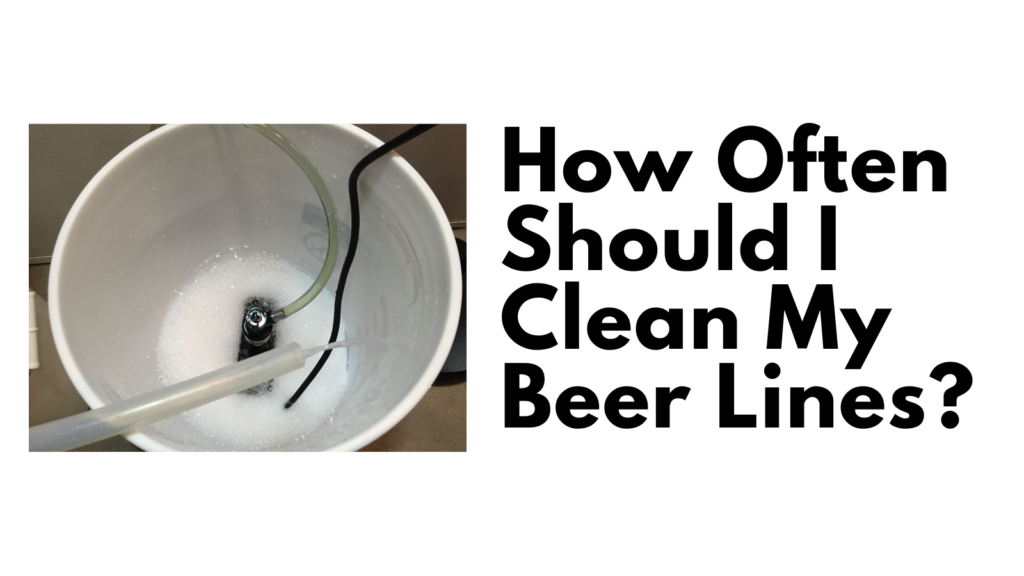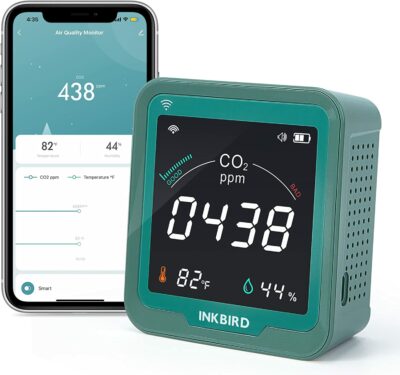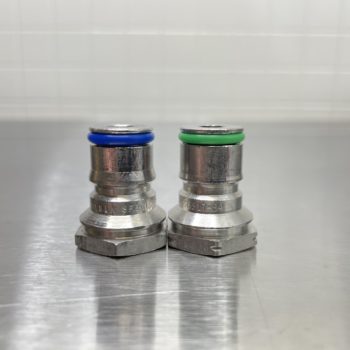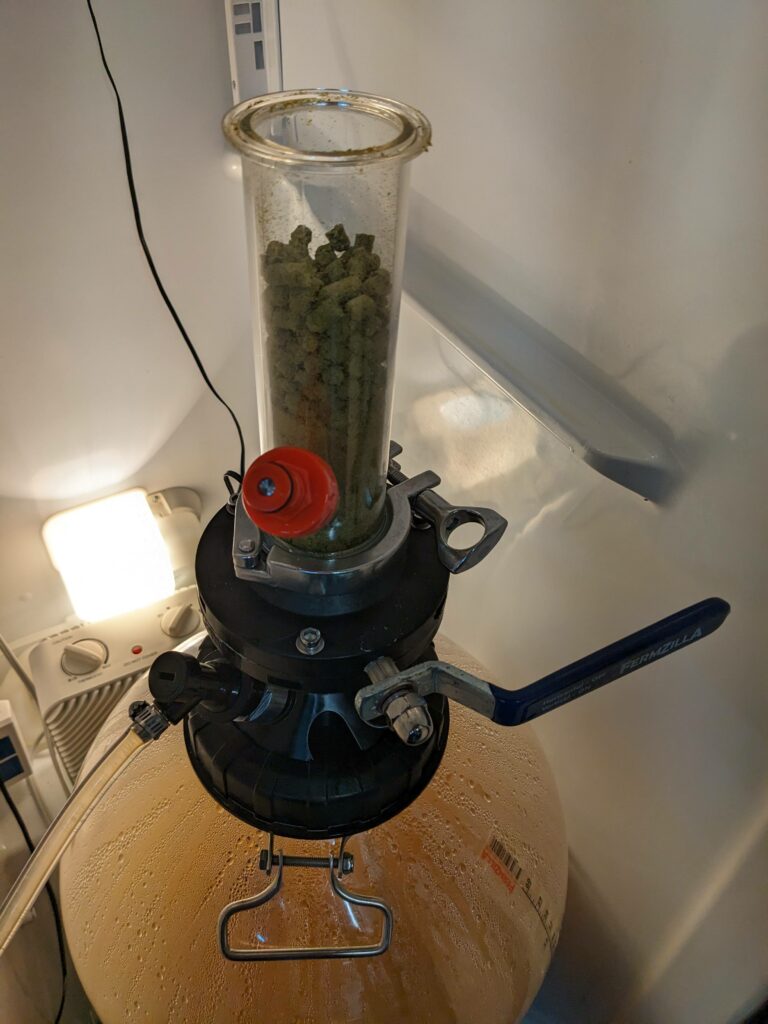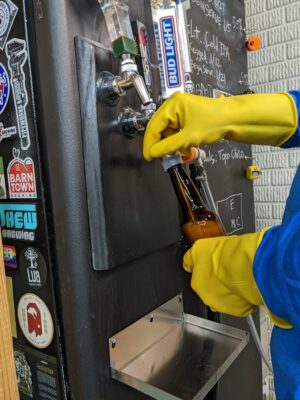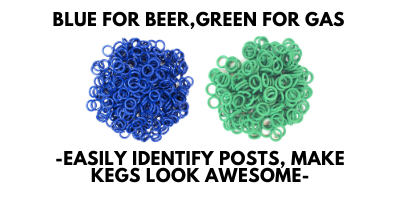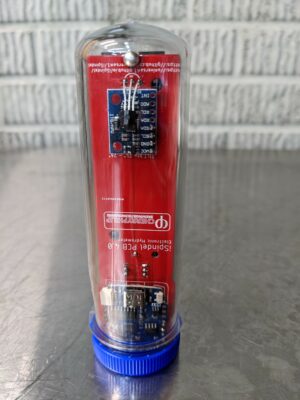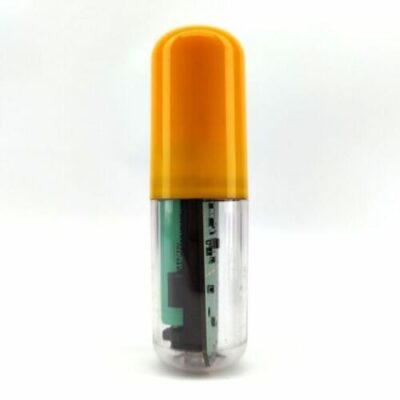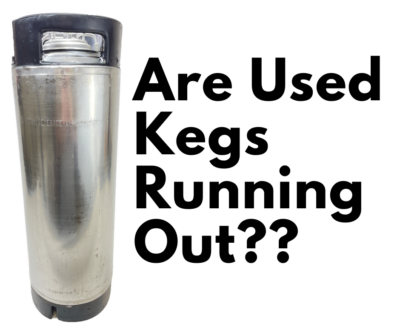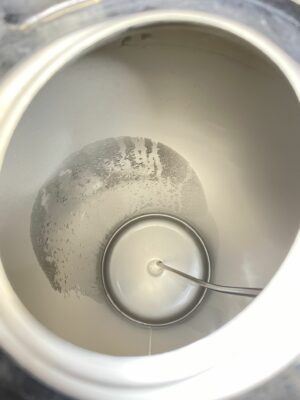
Hands on Review: VineCo Winemaking Equipment Kit from MoreBeer!
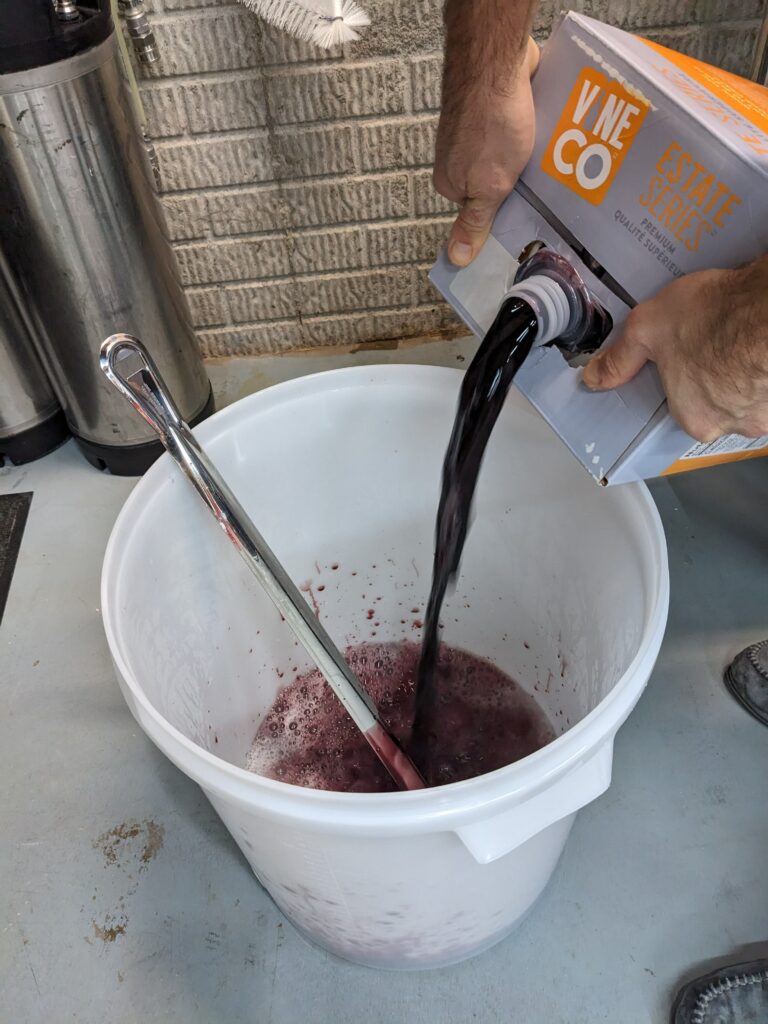
Thank you to HBF Contributor Aaron Nord for this hands on review! Aaron is an advanced award winning brewer, a long time reader and a serial tipster!
Winemaking Equipment Starter Kit Review
There are many ways for someone to enter a hobby like beer and winemaking. One of the more common avenues is by way of an equipment starter kit. This is how I made my foray into the world of homebrewing in 2009 and in retrospect I am glad for the experience. Buying an off the shelf kit that had nearly everything I needed was a great place to start since I really didn’t know what I was getting into. It helped me avoid the analysis paralysis that would likely have ensued in trying to figure out what I needed, in what quantity, size or quality all on my own. Thankfully, there were experienced minds who put thought and effort into packaging a collection of gear for the nascent homebrewer to be able to focus on the task of making beer. Let the analysis paralysis come later when the brewer decides to advance in the hobby.
An opportunity arose recently for me to start down a new path with winemaking by way of Winemaking Equipment Starter Kit. Since I had fond memories of a similar kit helping me get started in a hobby that became a passion (and near obsession at times), I was excited for the chance.
This review will cover the contents of the Winemaking Equipment Kit for VineCo Concentrate Kits from MoreBeer which consists of the following items:
- 7.9 gallon food grade bucket and lid with airlock hole
- 6 gallon plastic carboy for aging
- Airlock and stopper
- 7/16″ Siphon assembly
- Bottle brush
- Sample taker/thief
- Triple scale hydrometer
- Bottle filler with removable spring
- Bottle corker
- 100 Corks – 1 3/4 in.
- One Step Cleanser


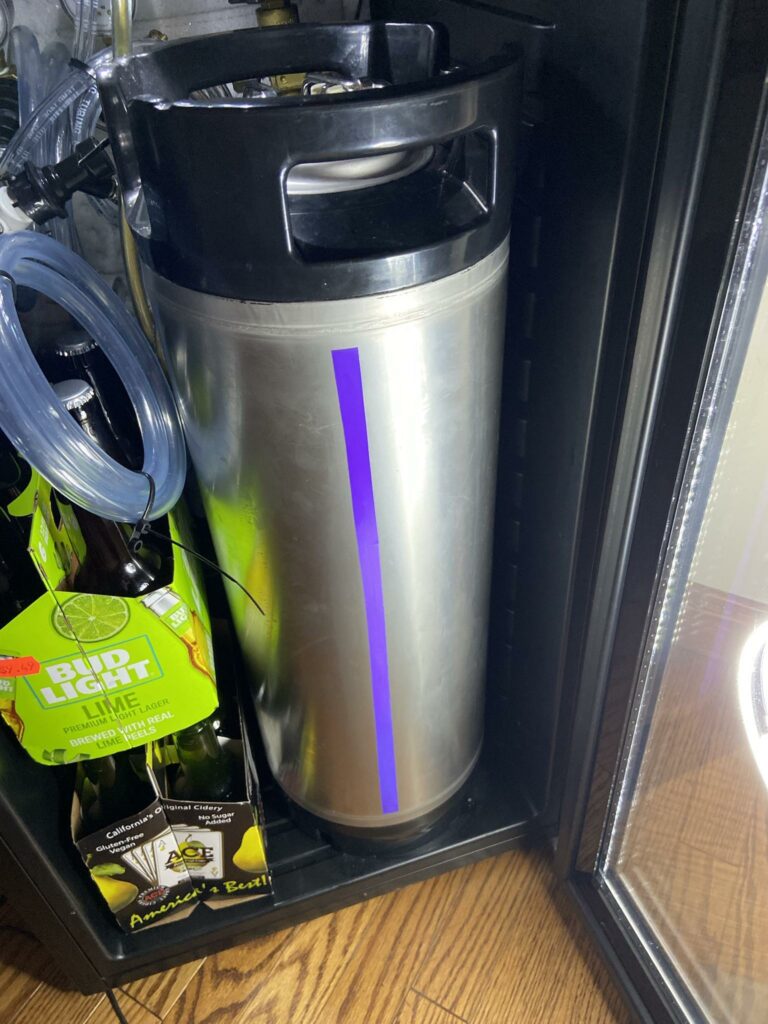

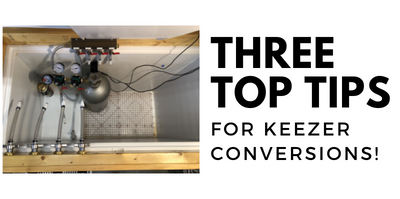

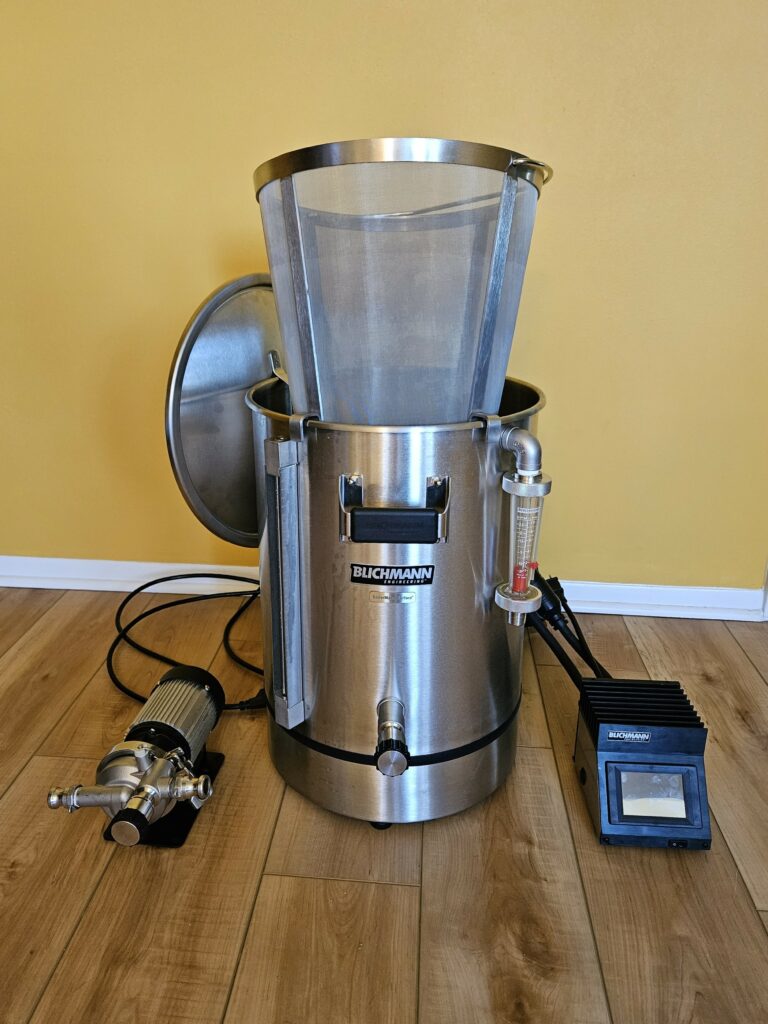
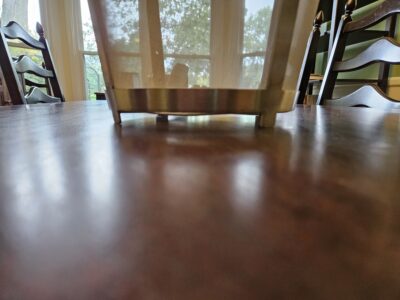 Bottom of Mash Basket
Bottom of Mash Basket